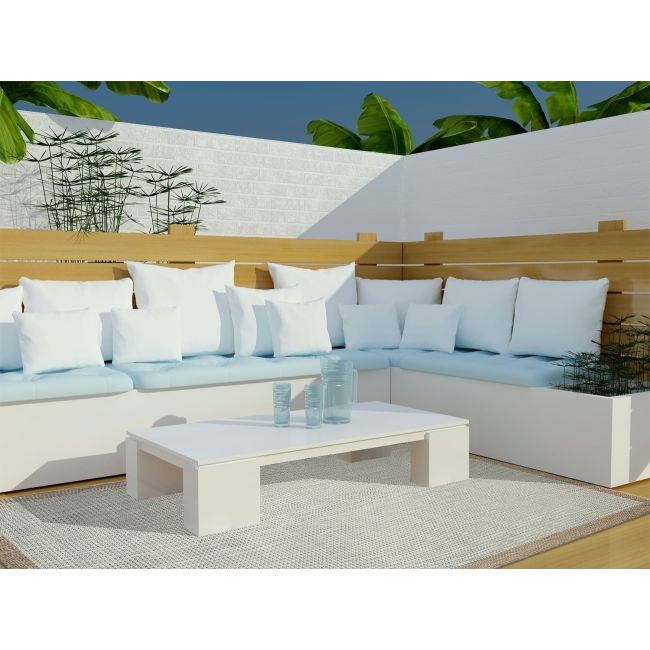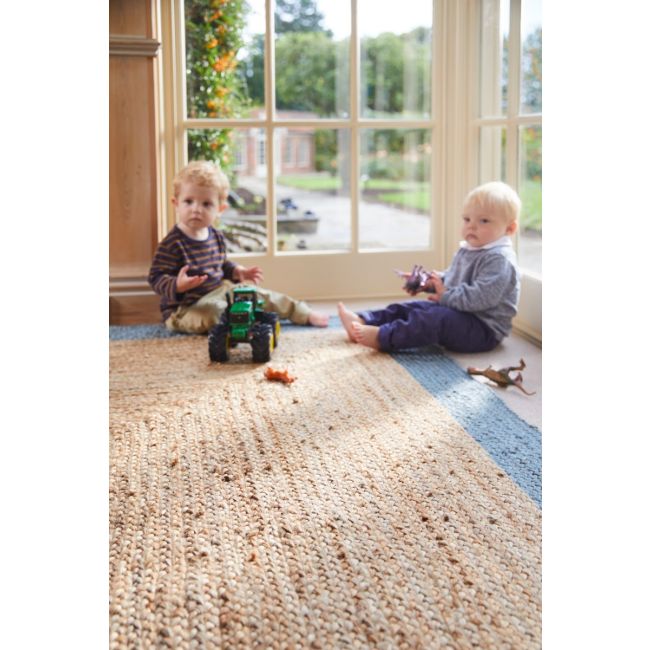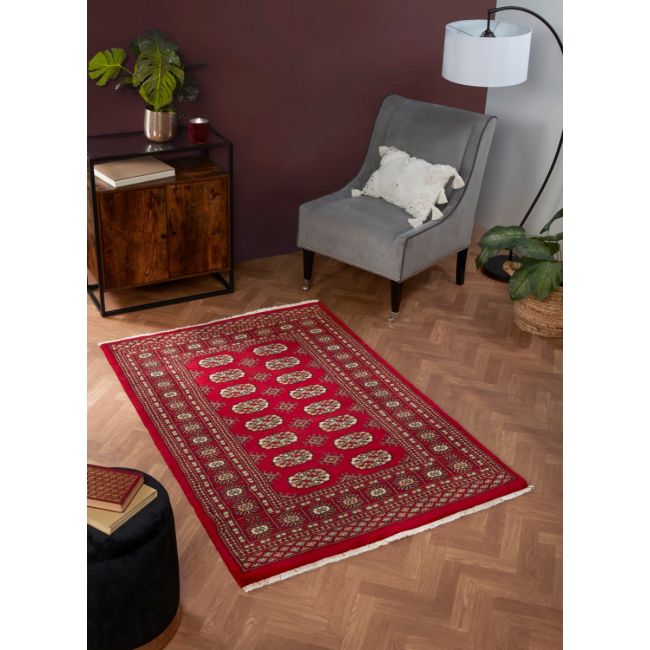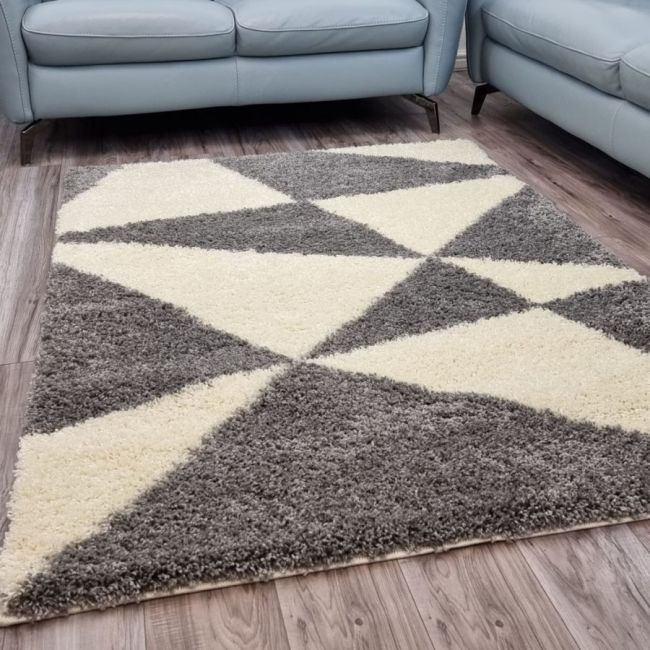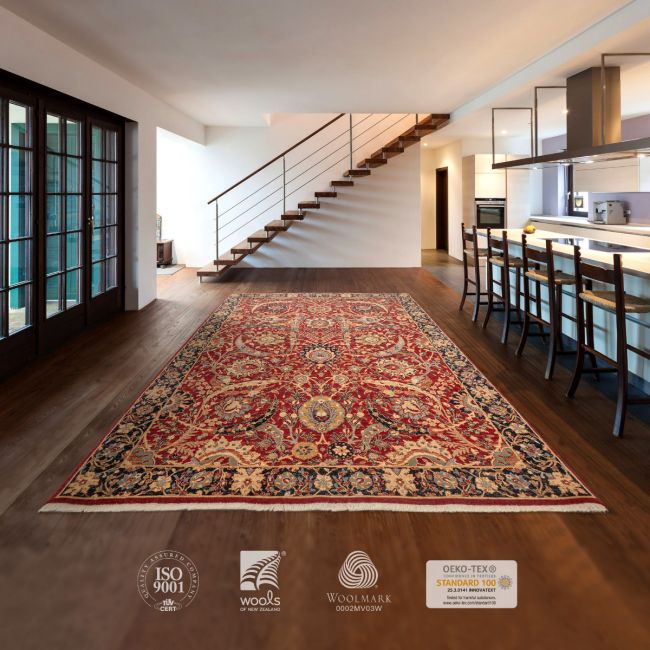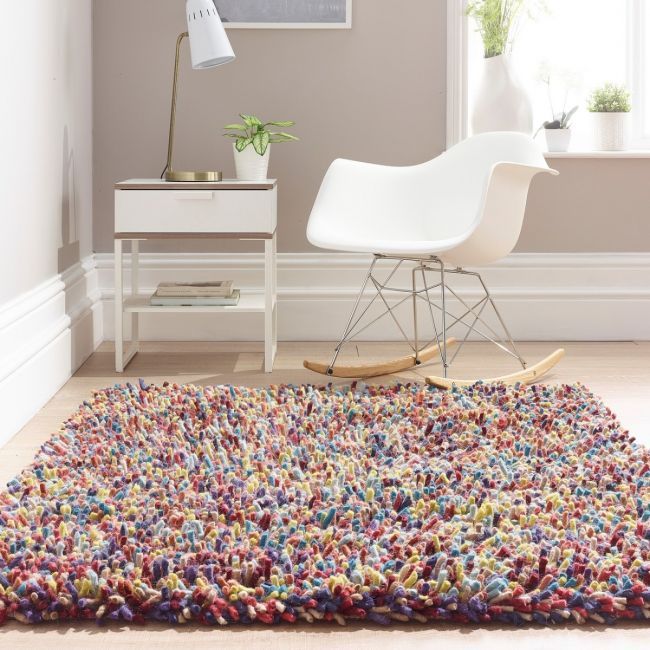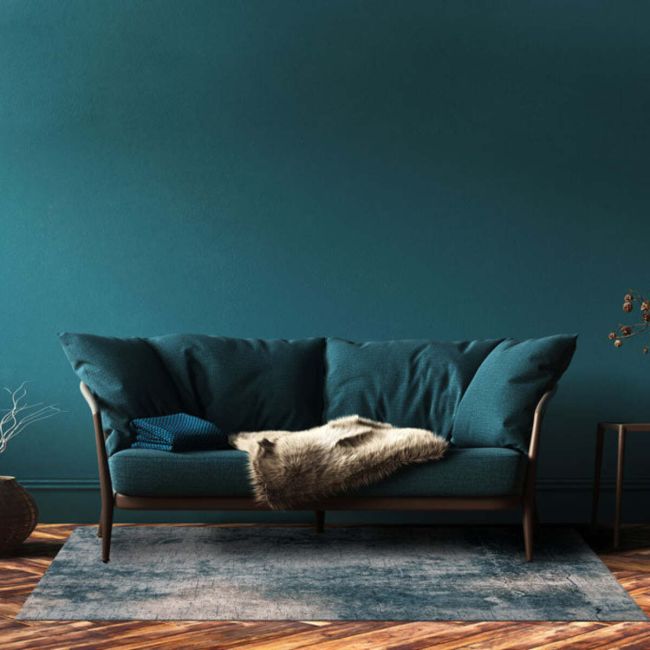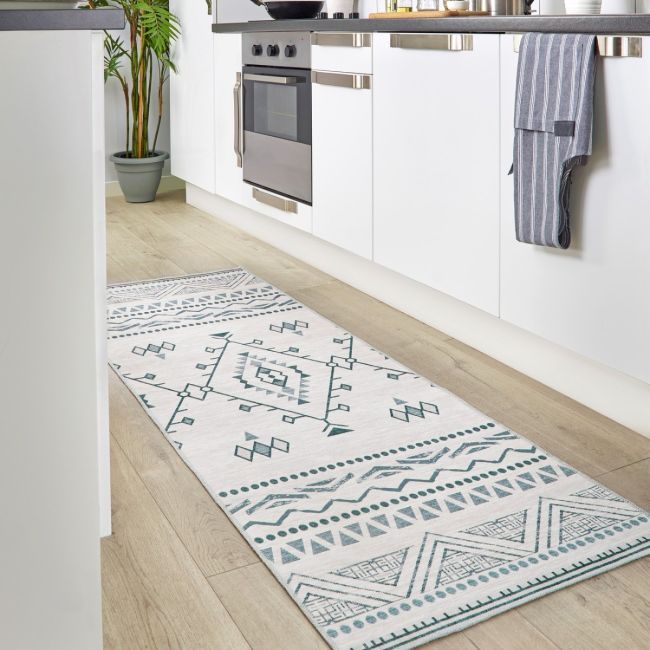A Detailed Look At The Different Types Of Rug Construction
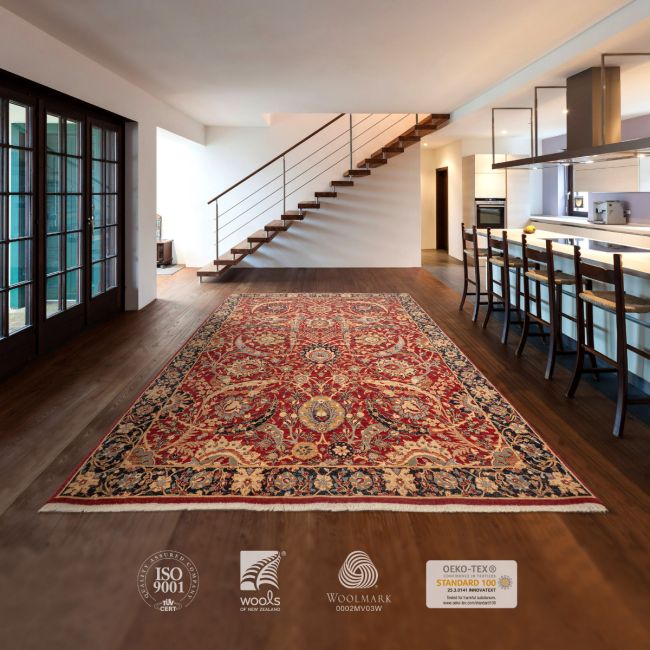
If you're considering adding a rug to your decor, there are a few things you should know about rug construction. This informative article will give you a detailed overview of the different types of rug construction, as well as what to look for when making your purchase.
Hand-Tufted Rugs
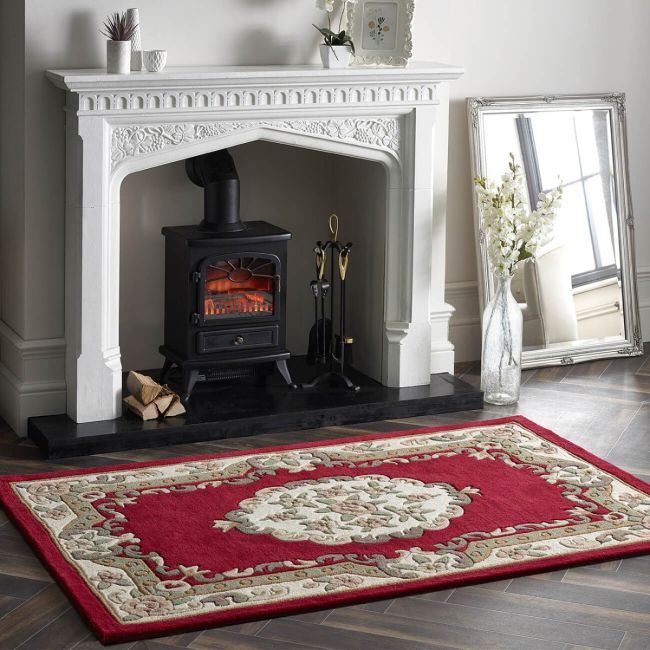
In the early days of rug making, hand-tufting was the most common method. This process is still used today on low-cost rugs. A loom is set up with a number of vertical battens and a horizontal beam. The weaver inserts the yarn into the eye of the batten on one side of the beam, pulls it through to the other side, and then repeats the process. This type of rug construction is simple and easy to learn, but it has some disadvantages. First, it's not as durable as other types of rug construction. Second, it's not as versatile as other types of rug construction. Hand-tufted rugs are usually less expensive than other types of rugs, so they're a good option if you just want a simple rug that you can use in your home or office.
Hand-tufted rugs are created from wool yarn that is hand-carded and spun into a pliable cord. The end result is a rug with uniform tufts throughout.
There are three types of hand-tufting: loop, herringbone, and needleloop. Loop tufting involves weaving the yarn in short, straight loops. Herringbone tufting involves running the yarn in diagonal lines across the rug, and needleloop tufting uses small, straight stitches to create the tufts.
All three types of hand-tufting produce a unique look for your rug. Loop tufting is best for floor rugs that need lots of padding and cushion, while herringbone tends to give a more high-end look to rugs. Needleloop tufting is perfect for areas that require a more delicate look, like bedroom floors.
Hand-Knotted Rugs
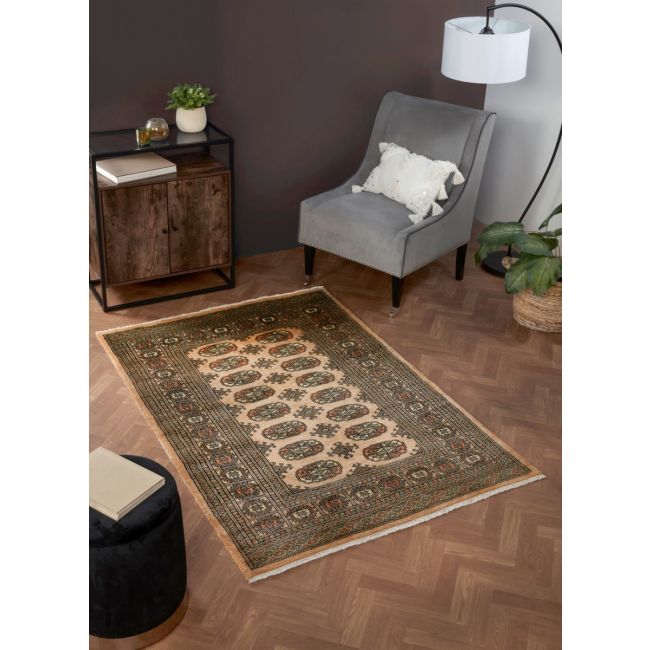
Hand-knotted rugs are an art form that has been around for centuries. They are often made from natural materials like wool, cotton, or silk and can be quite intricate. Hand-knotted rugs can come in a variety of sizes and styles and can be used in any room of the house.
Hand-knotted rugs are made by looping yarn over a hand-held needle and pulling the yarn through the loops. This method produces a very dense and soft rug.
There are three main types of hand-knotted rugs: flat-weave, pile, and tapestry. Flat-weave rugs have a flat surface. Pile rugs have a raised center portion from which the different colors of yarn are woven together. Tapestry rugs are the most complex type and have a series of densely woven strips running throughout the rug.
Hand-Hooked Rugs

Hand-Hooked Rugs are a type of Rug that are woven by hand. These rugs are often made from wool or other natural fibers and are typically used in areas where foot traffic is common. Hand-hooked rugs are a popular choice for areas such as entrances, hallways, and mudrooms.
There are several different types of hand-hooked rug construction, each with its own unique features. Here is a detailed look at the different types of hand-hooked rug construction:
The loop rug is the simplest type of hand-hooked rug construction, and it consists of a series of loops woven into the fabric. The loops create a textured surface that is both elegant and visually striking. Loop rugs are commonly used in modern settings, and they are popular among homeowners who want something unique and eye-catching in their home.
The crocheted rug is similar to the loop rug in that it consists of a series of loops woven into the fabric. However, crocheted rugs also feature intricate patterns that are created using yarns or threads. Crocheted rugs can be very colorful and fun, and they are perfect for spaces that need some added zing.
Flatweave Rugs
Flatweave rugs are a type of rug that use a flat weave construction. This type of rug is made up of many small loops that are put together to form the rug. Flatweave rugs are very versatile and can be used in a variety of settings. They can be used in the home as a decoration or as a flooring option.
There are a few different types of flatweave construction. The most common type is called the two-ply construction. This type of flatweave uses two layers of yarns to create the rug. The two layers work together to create the rug's texture and appearance.
Another type of flatweave construction is the three-ply construction. This type of rug uses three layers of yarns to create the rug. The three layers work together to create the rug's texture and appearance.
The final type of flatweave construction is the four-ply construction. This type of rug uses four layers of yarns to create the rug. The four layers work together to create the rug's texture and appearance.
Machine-Made Rugs
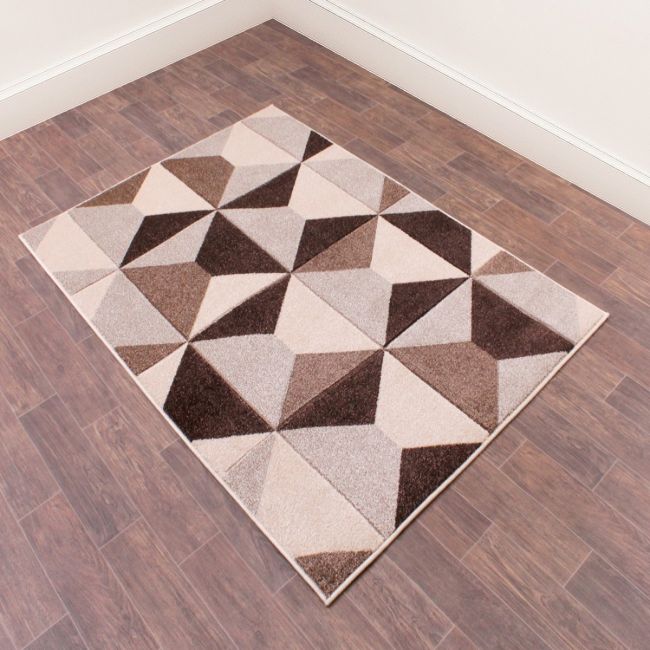
Machine-made rugs are made by sewing together pieces of fabric that have been cut to size. This type of rug is less dense than hand-woven rugs and may not have a finished look. Machine-made rugs are more affordable than hand-woven rugs and can be more versatile since they can be used in a variety of settings.
There are a number of factors to consider when selecting a machine-made rug. You should consider the type of fabric used, the size of the rug, and the shape of the rug. Some machine-made rugs are available in multiple sizes and shapes to fit any space.
When selecting a machine-made rug, be sure to read the manufacturer's instructions. Many machines require special care when cleaning and should only be cleaned by a professional.
You can shop all these types of rugs on our site. Explore our extensive rug collection and find the perfect one for your home.




